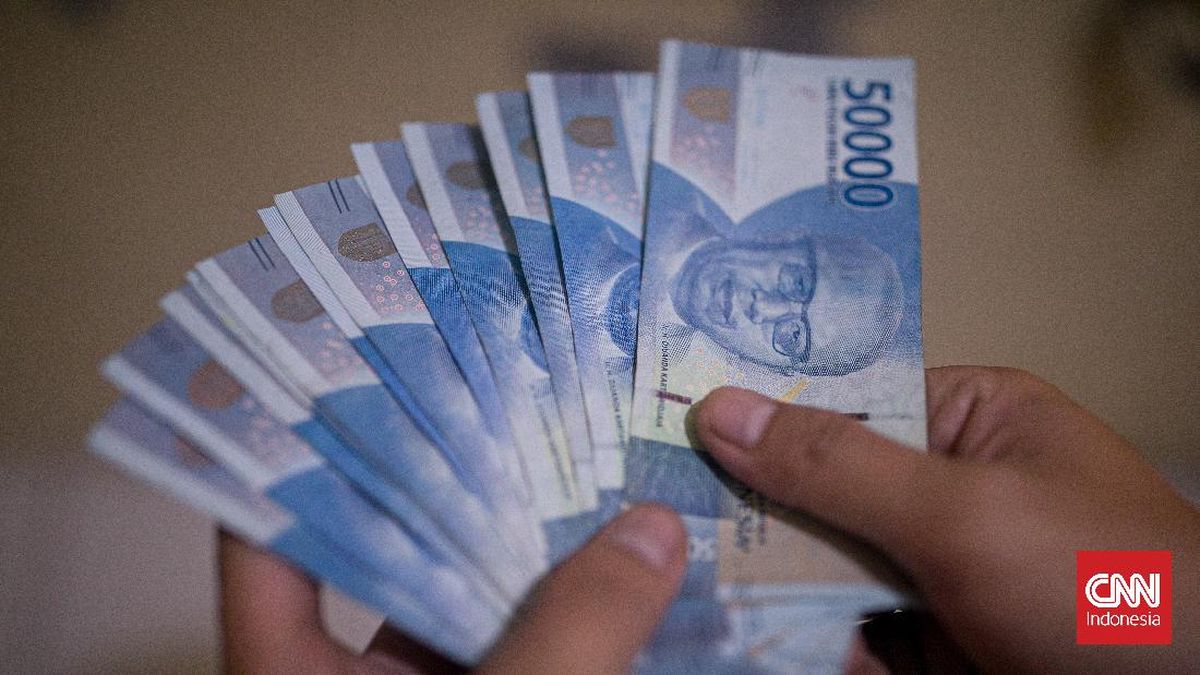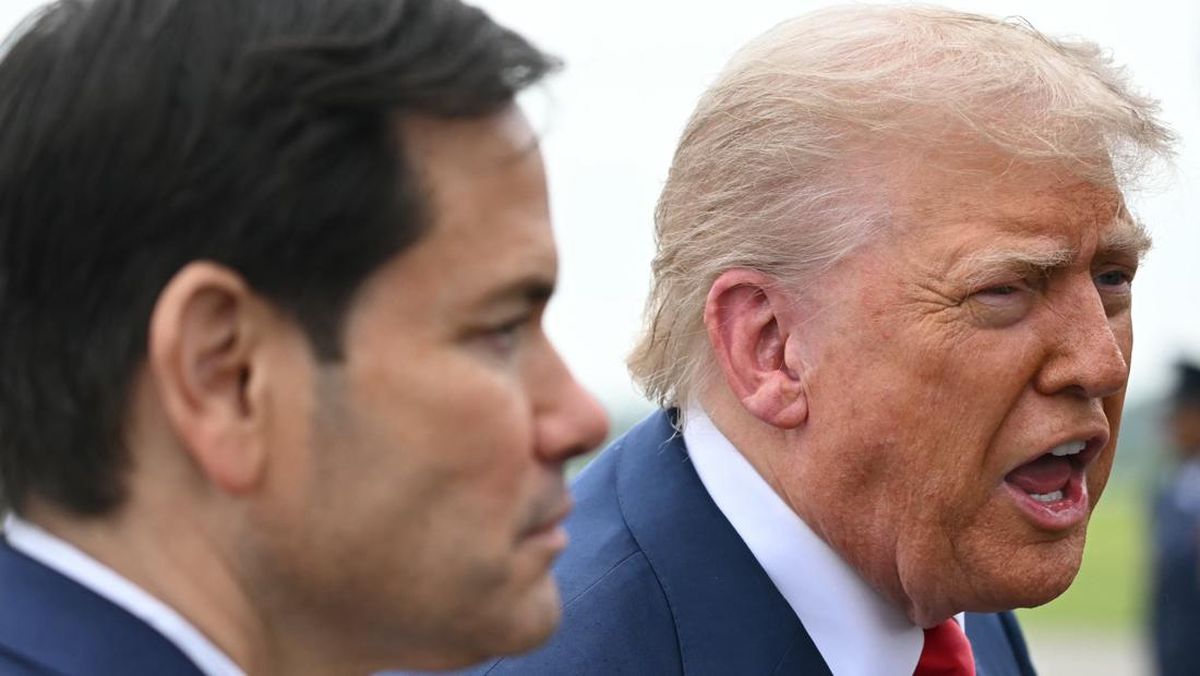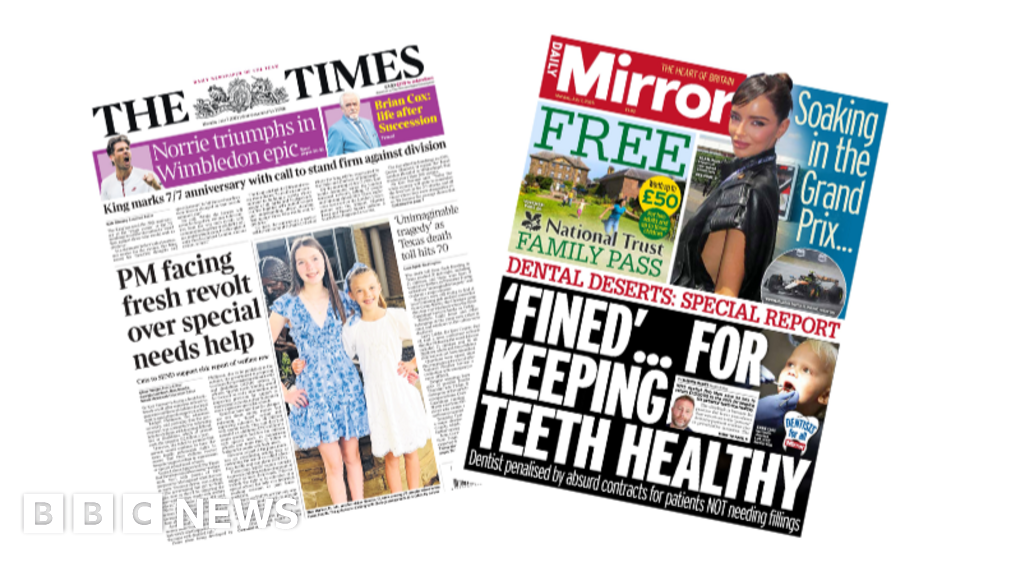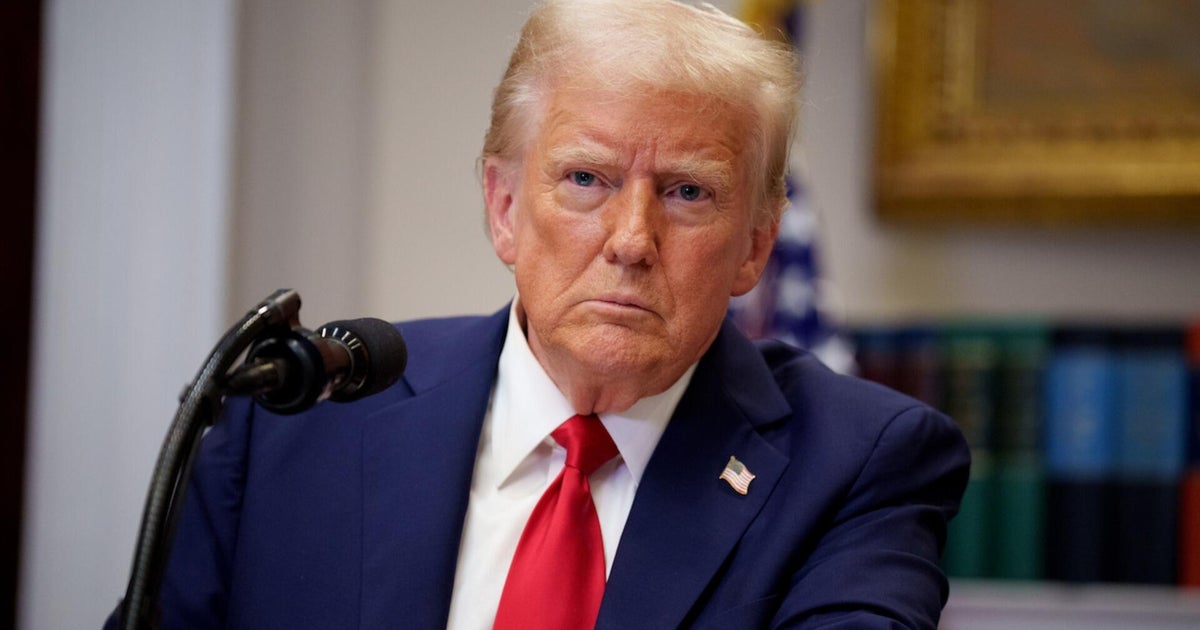US stock futures fell on Friday morning, with equity markets closed in observance of Independence Day on July 4.
European stocks advanced as the stronger-than-expected US jobs report eased worries about economic stress. The Stoxx Europe 600 Index rose 0.5 per cent by the close.
Data showed US job growth exceeded expectations in June for a fourth straight month and the unemployment rate fell. Traders scrapped wagers on an interest rate cut from the Federal Reserve this month.
“This report takes a July rate cut firmly off the table — the Fed simply won’t move in the face of this kind of strength,” said Patrick Armstrong, chief investment officer at Plurimi Wealth. “However, a September cut remains likely as the overall trend still points to gradual labor market softening.”
The UK’s FTSE 250 rebounded 1.2 per cent as Chancellor of the Exchequer Rachel Reeves stressed her commitment to fiscal discipline in her management of the UK’s public finances after reassurances about her position from Prime Minister Keir Starmer.
European stocks have kicked off July on a subdued note on worries about weaker US economic growth and potential tariffs. The Stoxx 600 is still more than 3 per cent below its March record.
Investors are also watching for signs of progress in Washington’s trade negotiations with global partners ahead of the tariff deadline this week. Still, market volatility has receded, suggesting low anxiety around coming risk events.

US stocks have soared back to all-time highs on signs that the US economy is staying resilient as US President Donald Trump softened his approach on tariffs.Credit: Bloomberg
Citigroup strategist Beata Manthey said that investor positioning in Europe was still neutral, but with “meaningful degrossing, potentially reducing some tactical risk” into the July 9 US tariff deadline.
On Thursday, the S&P 500 Index gained 0.8 per cent and the Nasdaq 100 rose 1 per cent, with each reaching new highs, while the Dow Jones Industrial Average advanced 0.8 per cent.
Payrolls increased by 147,000 in June after slight upward revisions to the prior two months, and the unemployment rate edged down to 4.1 per cent, according to a government report released on Thursday. A separate report showed US service providers slightly expanded in June.
Loading
Still, trade concerns remain centre stage with Trump saying his administration would start sending out letters to trading partners on Friday setting unilateral tariff rates.
Bloomberg Economics said the new agreement between the US and Vietnam risked provoking retaliatory steps from China as the accord includes a 40 per cent tariff on goods deemed to be transshipped through the south-east Asian country.
Oil fell for a second day in the lead-up to an OPEC+ meeting that’s expected to deliver another substantial production hike, while Trump’s latest tariff threats dented wider risk appetite.
West Texas Intermediate slid below $US67 a barrel, extending its 0.7 per cent drop on Thursday. The cartel is considering speeding up its oil production revival even further, and will discuss an increase of more than 411,000 barrels a day for August at a weekend meeting.
Crude has been volatile in recent weeks, roiled by fears that the Israel-Iran war would hamper supply. While markets have since calmed, apprehension lingers over negotiations with Iran, the US-led trade talks and evolving policy by OPEC+.
“The absolute fundamentals of the market are taking over,” said Susan Bell, senior vice president of downstream research at Rystad Energy in Calgary. “The risk premiums have gone out of the market, and the fundamentals are quite weak.”
Bloomberg
The Market Recap newsletter is a wrap of the day’s trading. Get it each weekday afternoon.


















































